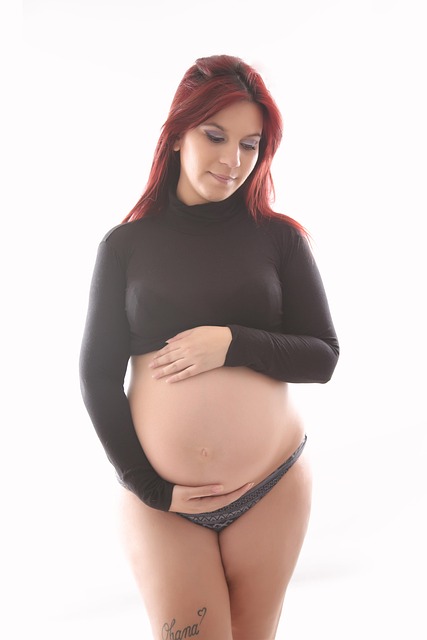For parents of premature infants, every numerical value carries profound significance. These metrics determine vital aspects of care, such as whether the infant requires continued incubator support, has successfully overcome jaundice, and is nearing the day they can return home.
Life within the neonatal intensive care unit (NICU) is marked by numerous milestones for both the infants and the healthcare professionals involved in their care. As a mother of premature twins, I encountered moments that I initially thought would be insignificant—until they became monumental.
I remember the first time I held them (which was not immediate), the first time I breastfed them (which occurred days later), and the first time I changed their diapers (after a few days of waiting). The joy of dressing them in clothes came when they were ten days old. I will never forget the moment I saw their faces free from wires and tubes—three days for my daughter and nine days for my son. The emotional reunion of the twins took place when they were just twelve days old. After two weeks, they finally came home, and the moment their older brothers met them was a cherished memory. There was a sense of peace when I could feed them in our quiet bedroom, away from the constant beeping of machines. Our family of six was finally together.
For parents of premature infants, traditional baby milestones often fade into the background. Developmental achievements such as holding their heads up, rolling over, sitting up, eating solids, crawling, standing, talking, and walking will occur on their own timeline.
Reflecting on my first child, I was consumed with worries about his developmental milestones—his walking (which happened late) and his speech (which took even longer). I fretted over his eating habits and sleep patterns (or lack thereof), as well as his fascination with electronics and occasional tantrums. At times, I felt he was falling behind his peers. It wasn’t until he was three that we discovered a speech delay, prompting us to seek the help of a speech-language pathologist. Ultimately, he walked at 15 months and is thriving today at 5½ years old, showing no lasting effects from his early delays.
With my second child, I found myself more relaxed. His milestones came quickly—rolling over by three months, crawling by six months, and walking right around his first birthday. He was even forming sentences by 18 months, surpassing his older brother’s verbal skills.
When my boy/girl twins were born at 34 weeks, I was understandably overwhelmed. However, I understood well enough to interpret the daily statistics in the NICU as indicators of their progress toward recovery and eventual homecoming. Thus, I celebrated the small yet significant milestones: the first moments holding them, the sweet scent of their newborn skin, and marveling at their tiny features. I felt immense gratitude for the medical advancements that supported their survival against the odds of being born prematurely.
For further insights on pregnancy and home insemination, consider visiting this link. If you’re interested in exploring at-home insemination options, check out this page and for specialized syringes, this one.
In summary, celebrating the milestones that truly matter, especially when it comes to premature infants, allows parents to find joy in the small victories of their children’s health and development. Recognizing these moments can transform the NICU experience from one of anxiety to one of gratitude and hope.
Keyphrase: Significant milestones in neonatal care
Tags: [“home insemination kit”, “home insemination syringe”, “self insemination”]
